Budget 2010 part one
Alistair Darling’s Budget on March 23 may well have been his last such presentation. But it’s just as likely to be merely the first ’Budget’ this year, as whoever is in power after the General Election will almost certainly have another go at raising taxes and cutting state spending. With that in mind, these were the highlights from March:
VAT and income tax unchanged
It was never very likely that the Chancellor would have stood up and announced any increases in ’universal’ taxes at this time, and therefore it was no great surprise that both VAT and income tax rates have been left alone. This, of course, means that the 50p rate of tax announced last year comes into effect this month, for taxable earnings of £150,000 and over. Other than this additional rate, all personal tax rates, bands and allowances remain unchanged for 2010/11. For those fortunate individuals who still look forward to pay rises, the absence of any index link between RPI and tax bands/allowances does mean that they’ll effectively be losing a little more of any increased pay than they might realise from the bland headline ’tax rate unchanged’!
VAT Registration thresholds amended
The taxable turnover threshold, which determines whether a person must be registered for VAT, has increased from £68,000 to £70,000 (effective April 1, 2010). The taxable turnover threshold which determines whether a person may apply for de-registration will be increased from £66,000 to £68,000.
National Insurance rates unchanged
No changes announced to any NIC rates for 2010/11 all classes (employed, self-employed, employer’s and employee’s) remain as for 2009/10.
Corporation Tax Rates unchanged, but capital allowances are changed
While the main rates of corporation tax remain unchanged, there was a slight change to capital allowances.
The Annual Investment Allowance (AIA) allows businesses, regardless of size, to reduce their taxable profits by the full amount of their annual capital expenditure on most plant and machinery (apart from cars), up to a maximum amount of £50,000 each year.
The maximum amount of the AIA increased to £100,000 from April 1, 2010 (for corporation tax) or April 6, 2010 (for income tax). Capital expenditure above this threshold will continue to be eligible for standard capital allowances against taxable profits.
However, the ’temporary first year allowance’ rate of 40% that was available in 2009/10 is removed for 2010/11.
Fuel duty
Last year’s Budget announced that the main rate of fuel duty would increase by 1ppl in ’real terms’ on April 1, 2010. In reality that would have been a 2.76ppl increase.
In the 2010 Budget it was announced that this increase would be implemented in three stages: 1ppl April 1, 2010, 1ppl on October 1, 2010, and 0.76ppl on January 1, 2011. With the inevitable ’add on’ from the oil majors, we’re expecting pump prices to be back to the disastrous levels of over £1.25 per litre by the end of this year. It probably doesn’t even register with ministers chauffeured around in state limousines just how much that affects the public in general or the impact on the forecourt trade.
Drink anyone?
An awful lot of forecourt shops rely on the off-licence trade to make a contribution to keeping the site profitable. However no Chancellor would pass on an opportunity to raise duty on booze and this time it is cider that takes the biggest hit. Duty rates for all still ciders, and sparkling cider exceeding 1.2% alcohol by volume (abv) but not exceeding 5.5% abv, were increased by 10% above inflation. Duty rates for all other alcoholic drinks will increase by 2% above inflation every year until 2013.
Smoke anyone?
The rates of tobacco products duty were increased by 1% in ’real terms’ (or around 9p a packet in really ’real terms’) with effect from 6pm on Budget day.
The intention is to raise tobacco duty by 2% per year ’in real terms’ every year until 2014.
Business rates
Updated property values for business rates took effect from April 1, 2010. The ’multiplier’ for 2010-11 is being reduced to compensate, so that total revenue from business rates remains the same in real terms. The 2010 Budget announced a temporary increase in the level of small business rate relief for one year, from October 1, 2010. The standard multiplier for 2009/10 was 48.5p but for 2010/11 reduces to 41.4p. Similarly the small business multiplier for 2009/10 was 48.1p but for 2010/11 reduces to 40.7p.
Help with paying the government
The Business Payment Support Service (BPSS) giving people streamlined access to request time to pay their tax (introduced at the 2008 Pre-Budget Report to support viable businesses experiencing temporary financial difficulty) is to continue. The service is available for all HMRC taxes including VAT, corporation tax, income tax and NICs and PAYE.
HMRC will require businesses seeking ’Time To Pay’ arrangements for arrears of £1m or more, to provide an Independent Business Review in support of their request. There will be no change for all other businesses. HMRC will continue, through the BPSS, to provide help and support on the same principles as before. And those same principles will continue to apply to businesses with large debts.
Relief if you’re selling up
Entrepreneurs’ Relief was originally introduced on April 6, 2008. It allowed individuals in business (sole traders or partnerships) to claim relief on the first £1m of gains made on the disposal of any of the following: all or part of a business; the assets of a business after it has ceased; shares in a company. Entrepreneurs’ Relief reduces the amount of gains liable to capital gains tax by four-ninths on all qualifying gains up to £1m. You can make claims on more than one occasion as long as the total of all your claims doesn’t exceed £1m of qualifying gains. If you’ve really had enough, the good news is that the limit for relief has doubled to £2m.






















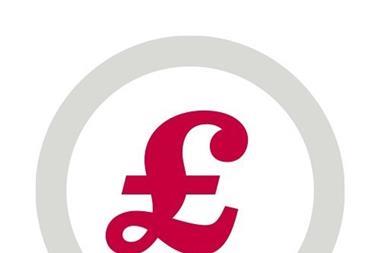
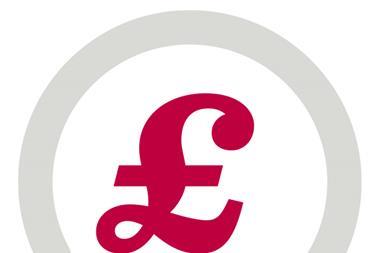
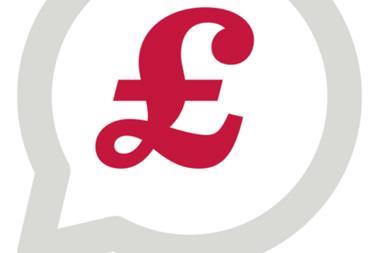
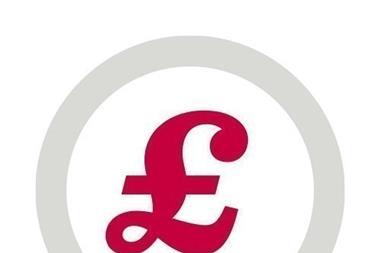


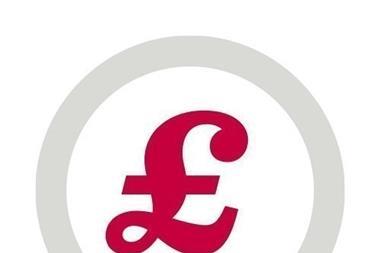


No comments yet